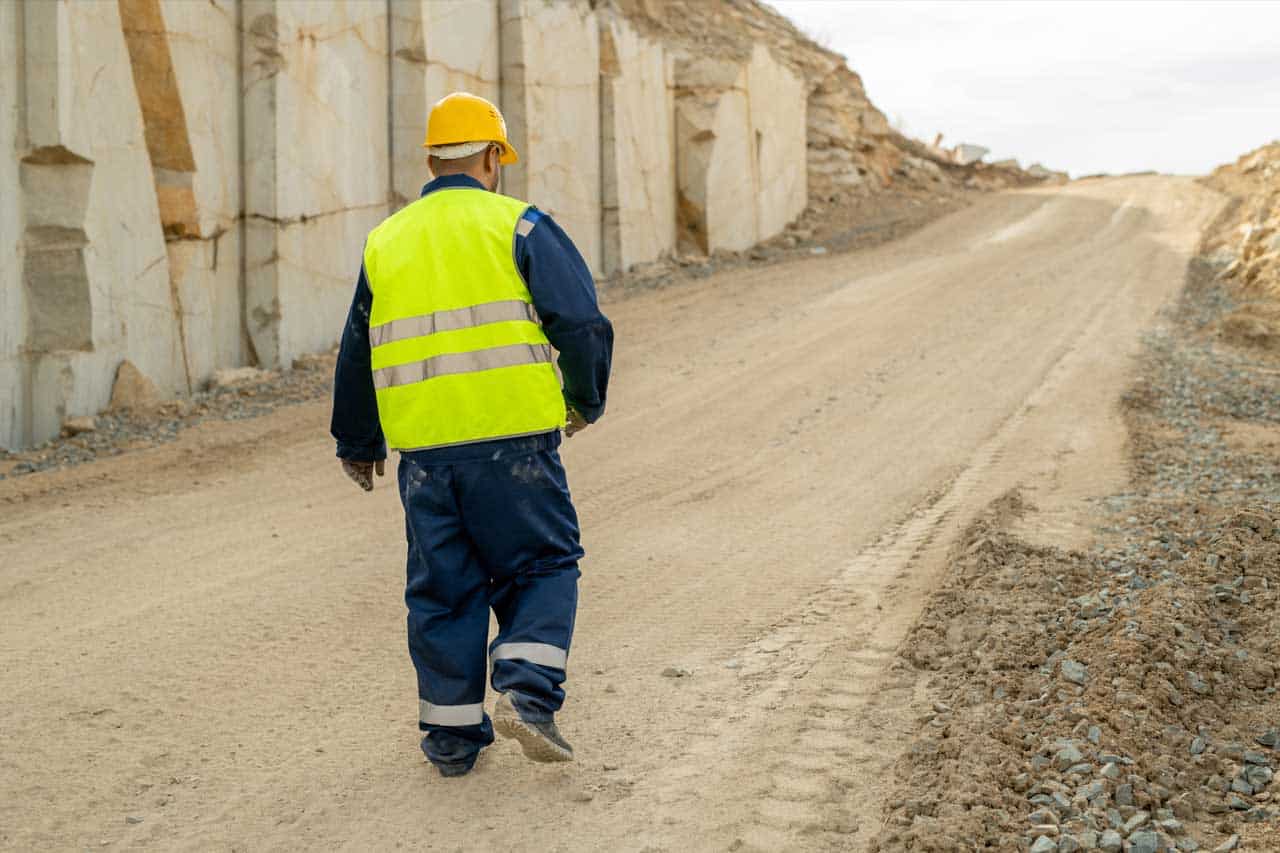
Safety Tips for Lone Workers
Lone workers, those who work alone without direct supervision or immediate assistance, face unique challenges when it comes to safety. Whether it’s working remotely, in isolated locations, or during unconventional hours, lone workers need to prioritize their well-being. This article aims to provide essential safety tips for lone workers to help them stay secure and healthy in their work environments.
Understanding the Risks
Identifying potential hazards
Before addressing safety measures, lone workers must identify the potential hazards associated with their specific work environment. This includes recognizing physical risks, such as uneven surfaces or dangerous machinery, as well as environmental factors like extreme temperatures or poor lighting conditions.
Assessing personal vulnerabilities
Additionally, lone workers must assess their vulnerabilities to ensure they are prepared for potential risks. Factors such as physical fitness, medical conditions, and personal safety awareness should be taken into account when planning for safety.
Planning for Safety
Developing a safety plan
Creating a comprehensive safety plan is essential for lone workers. This plan should outline the potential risks they may encounter and include steps to mitigate those risks. It should also establish protocols for regular check-ins with a designated contact person or supervisor.
Establishing regular check-ins
Regular check-ins are vital for lone workers to maintain their safety. These check-ins can be scheduled at specific intervals and provide an opportunity to update a supervisor or colleague on their location and well-being.
Communication is Key
Utilizing technology for communication
Lone workers can utilize various technologies to stay connected and communicate in real time. This includes mobile phones, two-way radios, or specialized lone worker safety apps. It’s important to choose the most reliable and appropriate communication method for the specific work environment.
Sharing work location information
In addition to regular check-ins, lone workers should share their work location information with a trusted contact. This allows for quick response in case of emergencies and ensures that someone knows their whereabouts at all times.
Personal Safety Measures
Implementing self-defence strategies
Lone workers should consider learning basic self-defence techniques to protect themselves in unexpected situations. Self-defence training can provide them with the necessary skills and confidence to handle potential threats effectively.
Carrying personal safety devices
Carrying personal safety devices, such as personal alarms or panic buttons, can be instrumental in ensuring the well-being of lone workers. These devices can attract attention or deter potential attackers, providing an added layer of security.
Health and Ergonomics
Prioritizing physical and mental health
Lone workers should prioritize their physical and mental well-being. Regular exercise, healthy eating habits, and sufficient sleep contribute to overall health and alertness. Additionally, managing stress levels and seeking support when needed is essential for maintaining mental well-being.
Setting up a comfortable workspace
Creating a comfortable and ergonomic workspace is crucial for lone workers, especially those who work remotely. Investing in an ergonomic chair, proper lighting, and an organized workspace can help prevent physical discomfort and reduce the risk of musculoskeletal issues.
Emergency Preparedness
Knowing emergency procedures
Lone workers must familiarize themselves with emergency procedures specific to their work environment. This includes understanding evacuation routes, knowing the location of emergency exits, and being aware of the designated assembly points in case of emergencies.
Carrying essential emergency supplies
Having essential emergency supplies on hand is crucial for lone workers. These supplies may include a first aid kit, a flashlight, non-perishable food, and water. It’s important to regularly check and replenish these supplies to ensure they are readily available when needed.
Cybersecurity Awareness
Securing online information
Lone workers who rely on digital tools should prioritize cybersecurity. This involves using strong and unique passwords, regularly updating software and antivirus programs, and being cautious of phishing attempts or suspicious online activities. Data encryption and secure remote access protocols should also be implemented to protect sensitive information.
Protecting sensitive data
Lone workers should be mindful of handling and storing sensitive data securely. This may involve using encrypted storage devices, avoiding public Wi-Fi networks when handling confidential information, and following company data protection and privacy policies.
Training and Education
Participating in safety training programs
Lone workers should actively participate in safety training programs relevant to their industry. These programs provide valuable knowledge and equip workers with the necessary skills to effectively handle potential risks and emergencies.
Staying informed about industry-specific risks
Keeping up-to-date with industry-specific risks and best practices is essential for lone workers. Regularly reading industry publications, attending conferences or webinars, and engaging in professional networks can provide valuable insights and help them stay informed about potential hazards and safety advancements.
Work-Life Balance
Establishing boundaries between work and personal life
Maintaining a healthy work-life balance is crucial for the well-being of lone workers. Establishing clear boundaries between work and personal life helps prevent burnout and ensures time for relaxation, hobbies, and social interactions outside of work.
Practising self-care and stress management techniques
Lone workers should prioritize self-care and practice stress management techniques. This may include regular breaks, engaging in activities that promote relaxation and rejuvenation, and seeking support from friends, family, or professional counsellors when needed.
Reporting Incidents and Concerns
Documenting incidents and near misses
Lone workers should document any incidents or near misses they experience. This information is valuable for identifying trends, improving safety protocols, and preventing future occurrences. Promptly reporting incidents ensures that appropriate actions can be taken to address safety concerns.
Reporting safety concerns to the appropriate authority
If lone workers identify safety concerns in their work environment, they should report them to the appropriate authority or supervisor. This allows for necessary actions to be taken to rectify the situation and maintain a safe working environment for all.
Conclusion
Safety is paramount for lone workers, and implementing the right precautions can significantly reduce risks and promote well-being. By understanding the potential hazards, planning for safety, prioritizing communication, and taking personal safety measures, lone workers can enhance their safety and confidence in their work environments.
FAQs (Frequently Asked Questions)
- How can lone workers protect themselves from potential physical threats?
Lone workers can protect themselves from physical threats by implementing self-defence strategies, such as learning basic self-defence techniques and carrying personal safety devices like alarms or panic buttons. It’s also important to be aware of one’s surroundings, trust instincts, and avoid potentially dangerous situations whenever possible.
- How often should lone workers check in with their designated contact person?
The frequency of check-ins may vary depending on the nature of the work and the associated risks. However, it is generally recommended that lone workers establish regular check-ins at predetermined intervals. This could be hourly, every few hours, or as agreed upon with the designated contact person. The check-ins ensure that the worker’s whereabouts and well-being are known and allow for immediate response in case of emergencies.
- What common cybersecurity risks should lone workers be aware of?
Lone workers should be aware of common cybersecurity risks, including phishing attacks, malware infections, and unauthorized access to sensitive data. It is important to use strong and unique passwords, keep software and antivirus programs up to date, and be cautious when clicking on suspicious links or opening email attachments. Regular cybersecurity training and awareness programs can help lone workers stay vigilant and protect themselves from online threats.
- Are there specific regulations or guidelines for safety measures for lone workers?
Yes, in many jurisdictions, some specific regulations and guidelines address the safety measures for lone workers. These regulations may vary depending on the industry and the specific work environment. Employers and lone workers need to familiarize themselves with the relevant regulations and guidelines applicable to their situation and ensure compliance to maintain a safe working environment.
- How can lone workers maintain a healthy work-life balance?
Maintaining a healthy work-life balance is important for lone workers’ overall well-being. Some strategies to achieve this include setting boundaries between work and personal life, scheduling regular breaks and leisure activities, prioritizing self-care and stress management, and seeking support from friends, family, or professional counsellors when needed. It’s crucial to disconnect from work during non-working hours and engage in activities that promote relaxation and rejuvenation.


